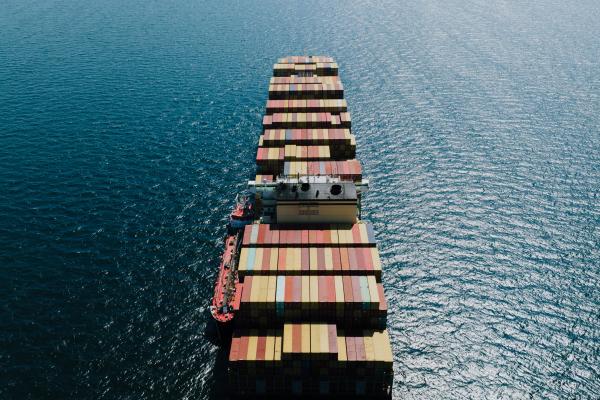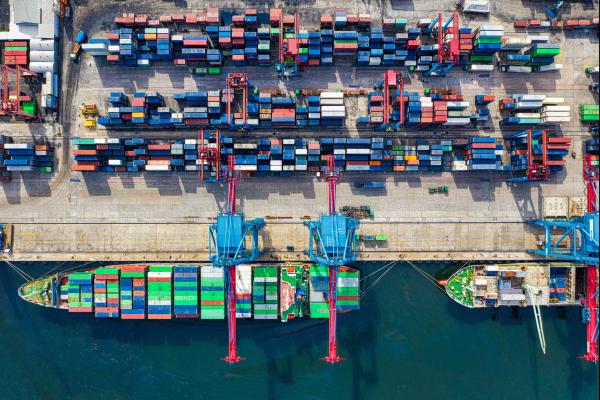As we seek to recover from the pandemic’s disruption to manufacturing and retail, the impact from the Russia-Ukraine conflict is certainly being felt through supply chains and transportation corridors and, of course, through disruption to yields, even temporarily, in food commodities, including wheat and sunflower oil. Now added to this are impacts from China as the country continues to try to achieve COVID-zero status.
A three-week shutdown of the huge export hub at Shanghai will have a knock-on effect that is due to be felt in the UK and Europe in around six weeks’ time with manufacturers and retailers bracing themselves for significant shortages of key components and goods.
What can we expect from the rest of 2022, what will be most affected and how can supply chains be more resilient?
China has always taken a hard line when it comes to protecting from disease. The gates of Beijing were firmly closed during historical outbreaks of disease – even Imperial family members were locked out if infected. In modern times, China continues to adopt a firm approach to try to combat infections. But their ambition to achieve COVID-zero at a time when the latest variant of the virus is as infectious as it is appears to be unrealistic and not likely to succeed. International opinion is increasingly critical of the stance taken by the Chinese with the UK Health Minister, Savid Javid, describing it as a ‘dangerous fallacy’. With cases going up there is a real concern that the situation in Beijing may be getting worse and COVID restrictions, already applied in Shanghai, could be applied there too.
The size of the Chinese economy means we all rely on goods and components produced in the country. Growth forecasts have been reduced for the Chinese economy and some are even suggesting recession if lockdowns continue to affect the country. One result of the Shanghai lockdown is that goods are going to be taking a lot longer in getting here with huge backlogs of container ships being seen at the port. One estimate put current delays at 12 days but, with a backlog of containers, then longer delays seem a strong possibility and likely to be much greater than we saw when the Ever Given blocked the Suez Canal or at any time during the pandemic. The implications for European economies are significant with recovery from the pandemic and growth stalling whilst manufacturers await essential components. Car and laptop manufacturers, for example, can’t distribute their finished goods if even one electronic part isn’t available.
It isn’t possible to predict when container logistics will return to normal. Much depends, of course, on the approach that China adopts to COVID restrictions. McKinsey helpfully suggests four possible scenarios with a spread from early return to normal (before the end of 2022) to gradual resolution of congestion at ports by late 2023/early 2024. Worst case scenario sees a failure to achieve full capacity return for the foreseeable future and container congestion becomes the norm. Either way, disruption for most of this year seems inevitable and, whilst we all hope for a minimal effect, we’ll certainly notice it. To try to minimise disruption, and certainly to avoid the worst-case scenario, more companies may seek to create their own shipping range or re-assess their own supply chain design and strategy. Some manufacturers may consider reviewing product design to prevent waiting for one critical component and just-in-time supply may become a thing of the past. All, if they wish to be resilient, would be advised to plan ahead and to introduce adaptation wherever possible.
You can get more on how to be more resilient to supply chain disruption from our colleagues at Make UK. Their recent report on the issue is available on their website at Operating without Borders - Building Global Resilient Supply Chains | Make UK



